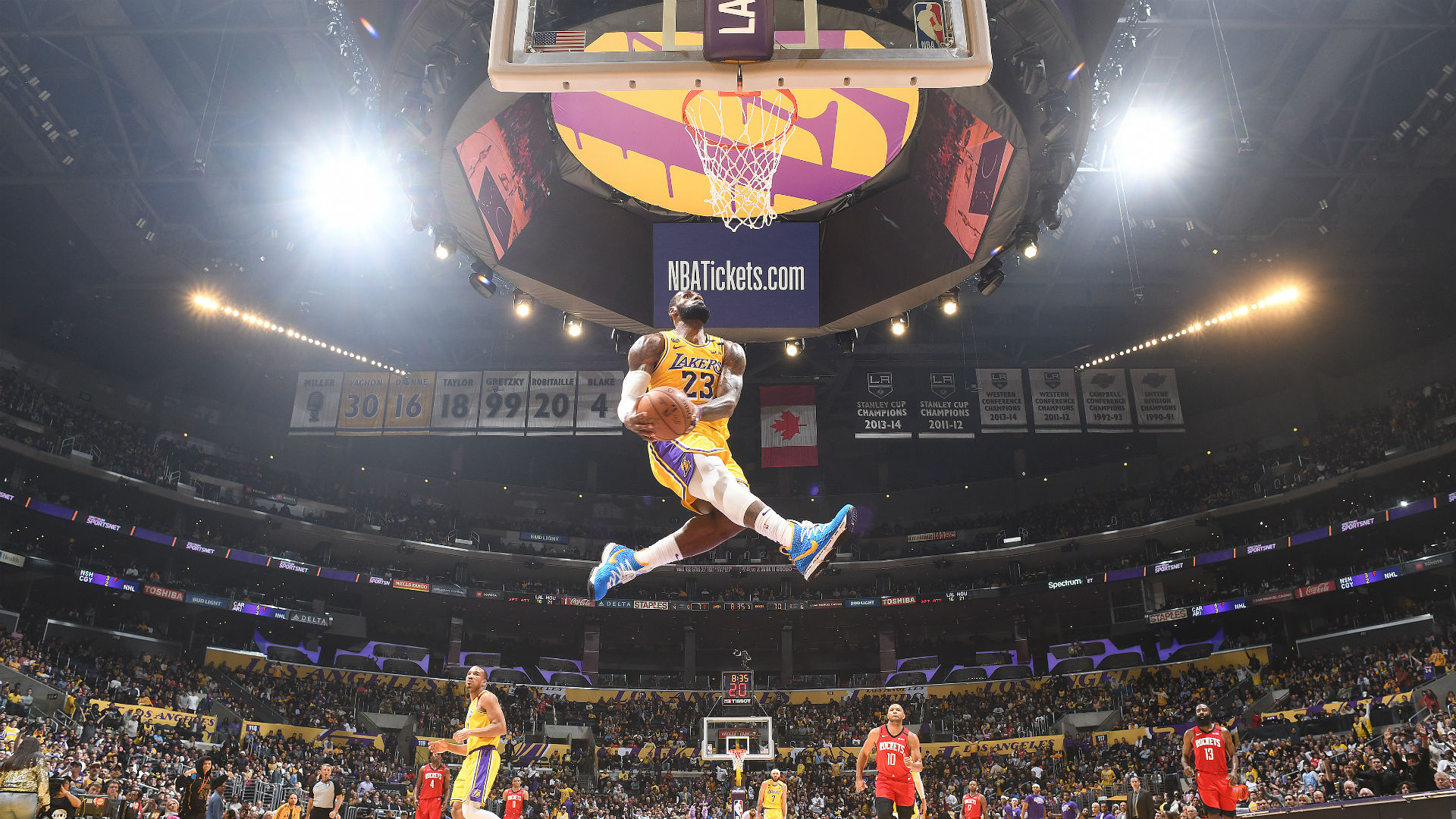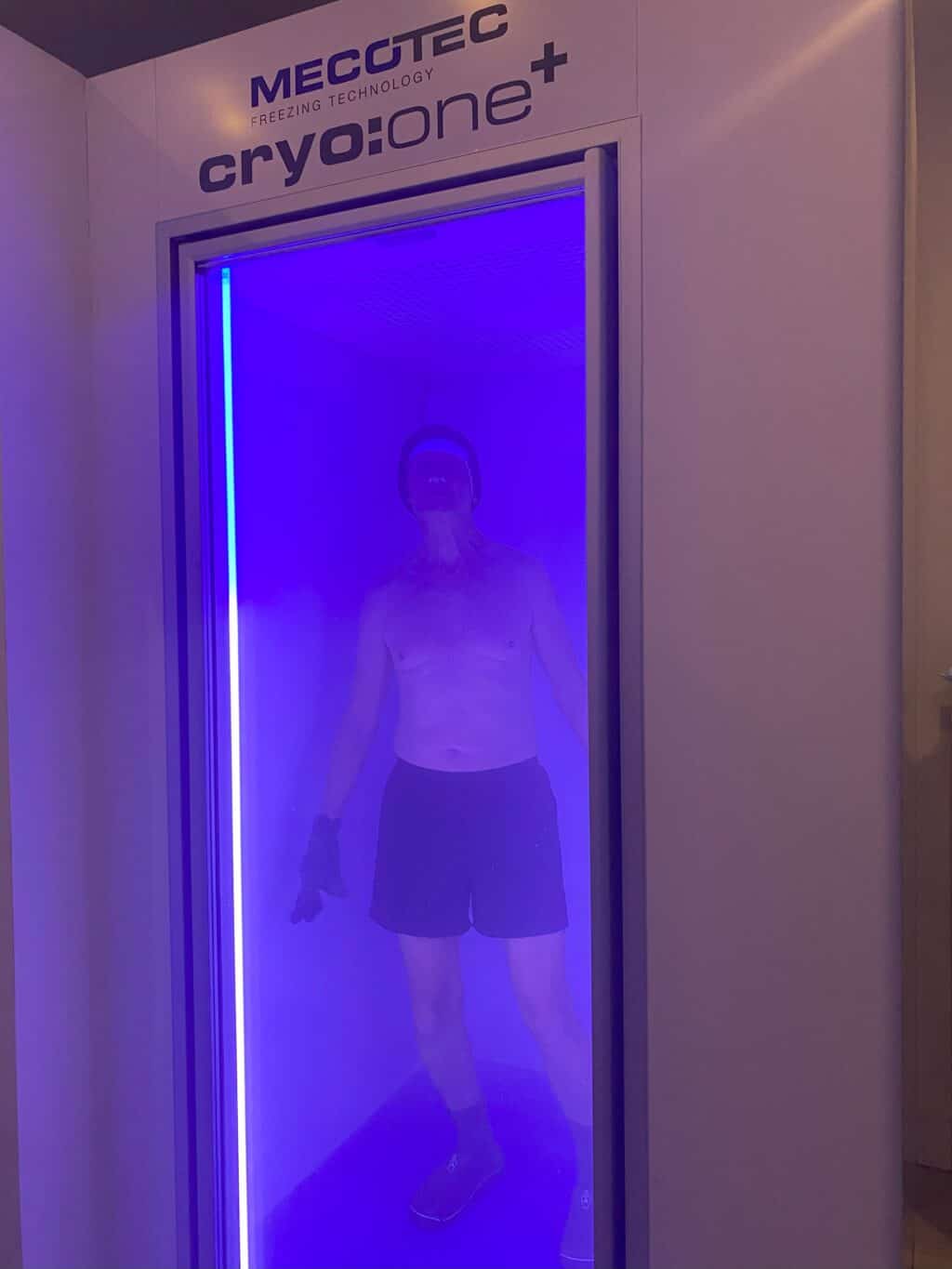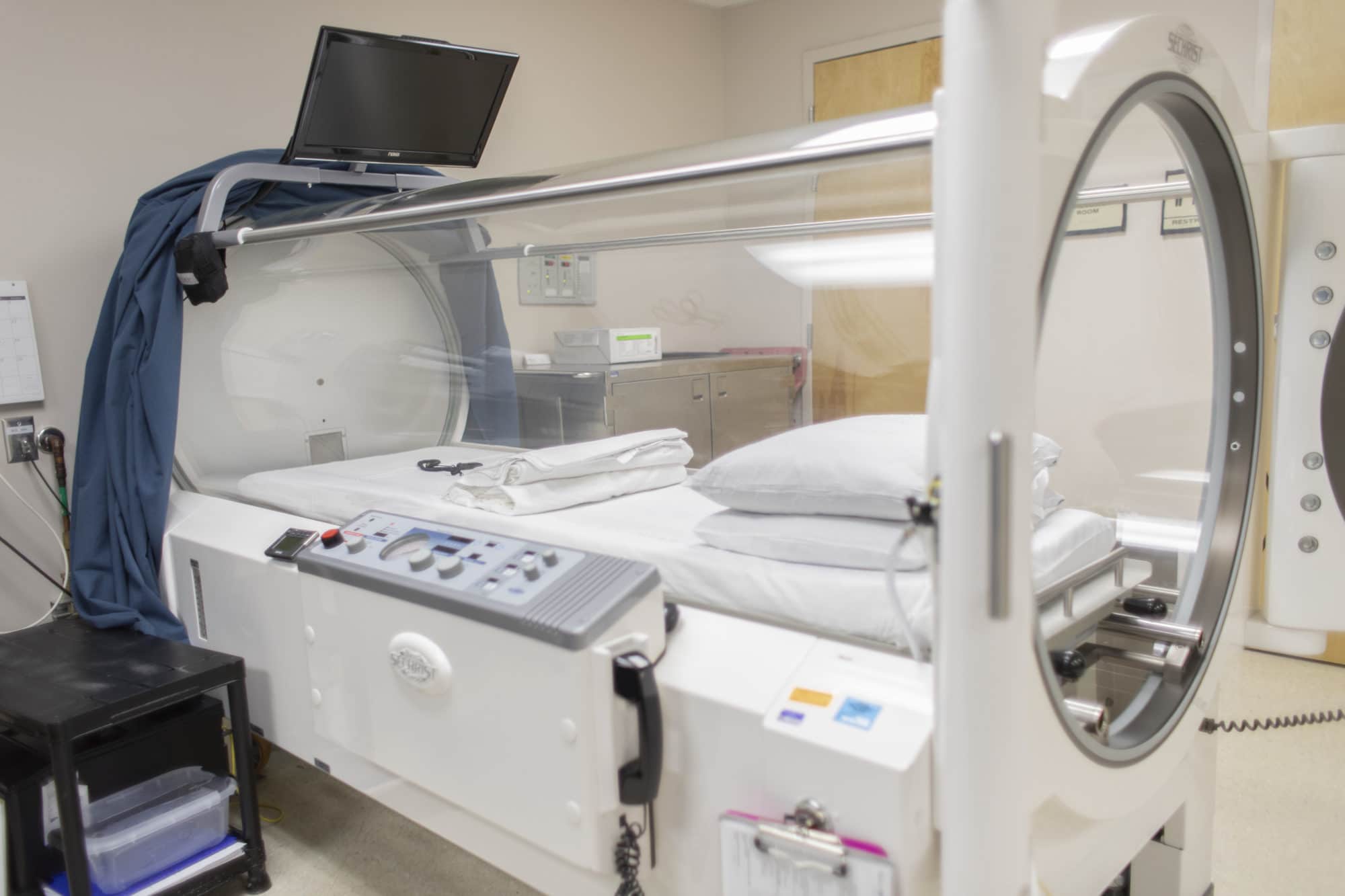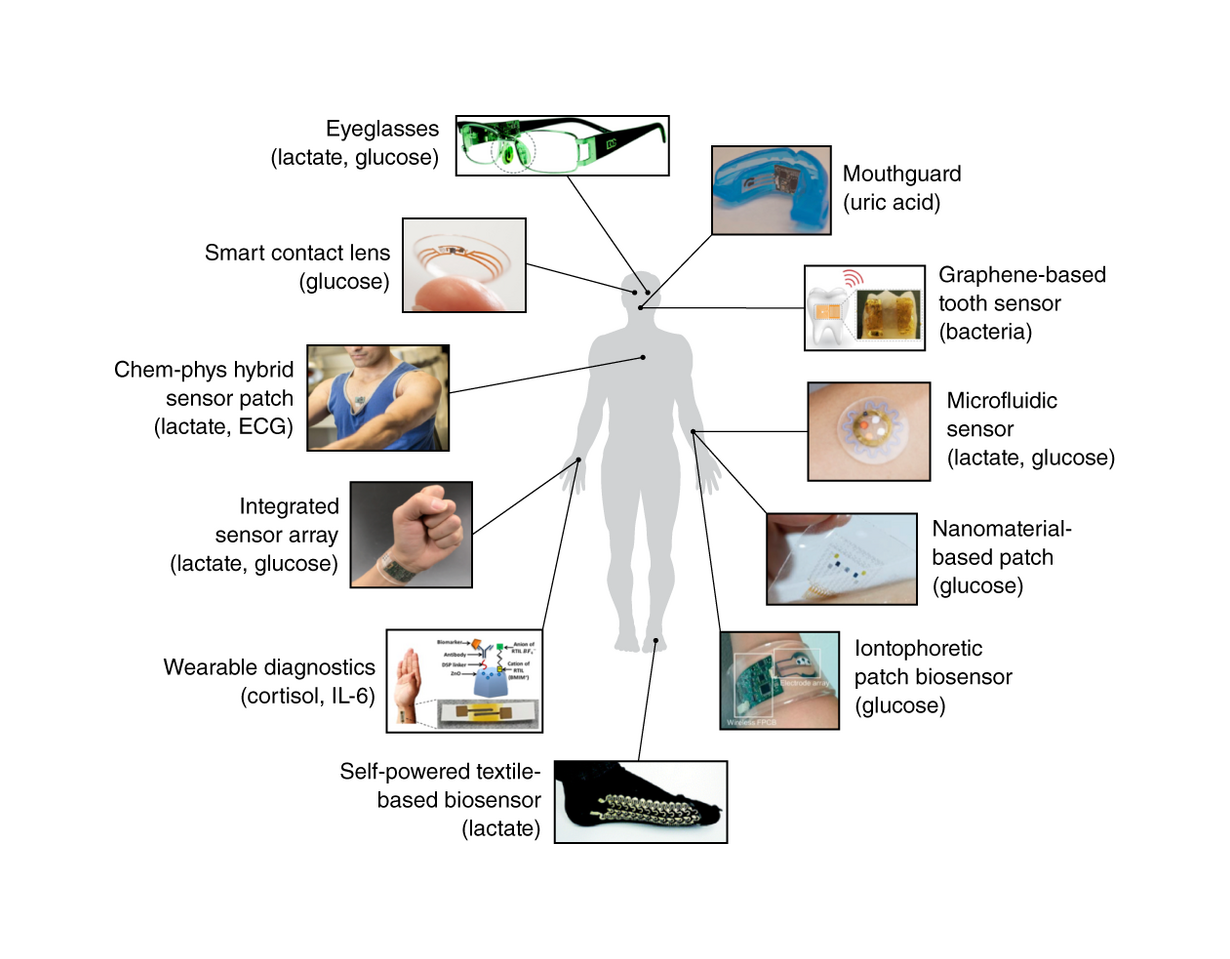Whole-Body Cryotherapy
Think of this as a high-tech ice bath. By surrounding the body with incredibly cold, dry air for a few minutes, it tricks the body into a survival response. Blood vessels tighten up, and when he steps out, they expand, creating a rush of fresh, oxygen-rich blood that flushes out inflammation and speeds up muscle repair. It’s a way to hit the reset button on his body's recovery process after a grueling game.



